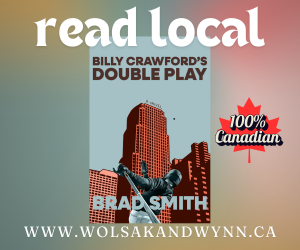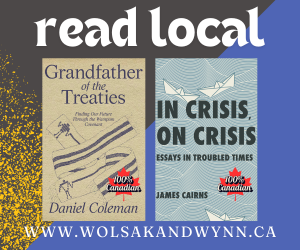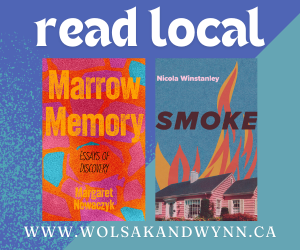HAMILTON READS
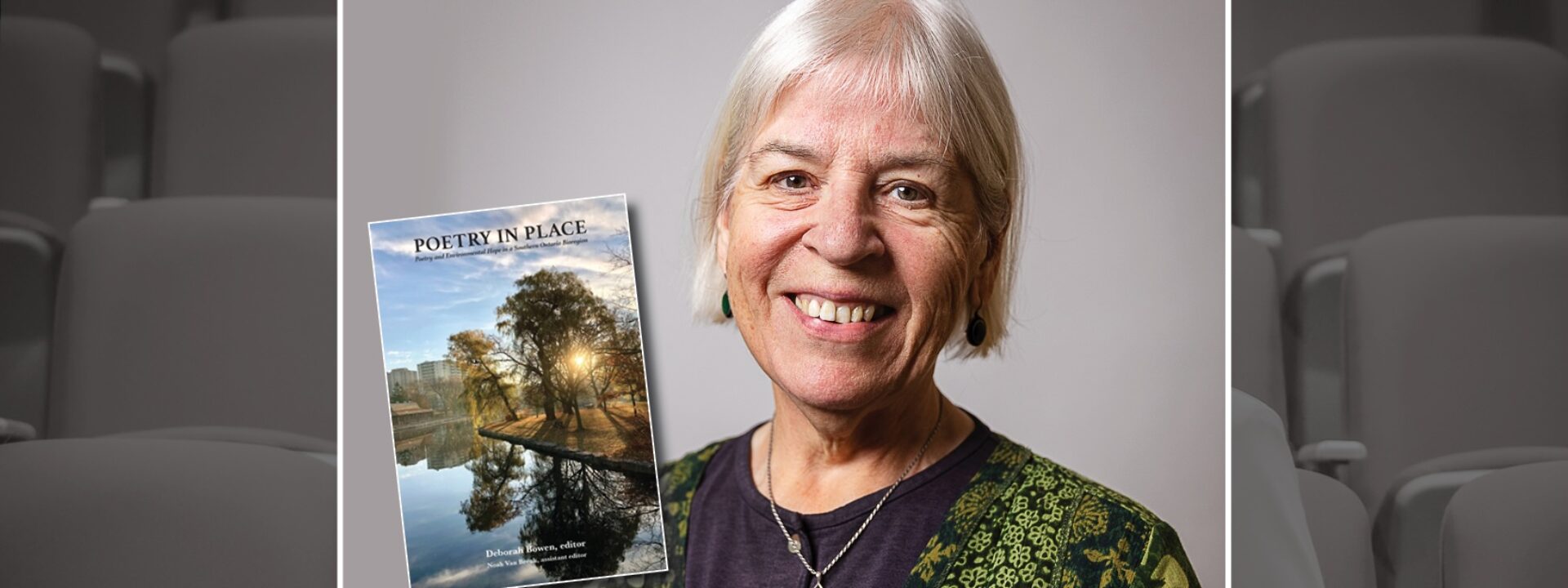
Poetry in Place isn’t just a collection of poetry, it’s a community of poets sharing deep concern for our southern Ontario bioregion.
Poetry in Place: Poetry and Environmental Hope in a Southern Ontario Bioregion features the work by more than 40 contemporary poets, many of whom call Hamilton home. Ambitious in scope, it asks poets to ponder the natural world around them, specifically, the “land between the waters” of Lake Ontario and the Grand River, west of Toronto and east of London, in southern Ontario. The collection is curated by Deborah Bowen, a professor emerita of English at Redeemer University, who has lived in Hamilton for nearly 30 years.
“I have always been a person who loves the natural world. I grew up in the country in southeast England, and spent my childhood going for many walks in the local hills and dales,” says Bowen, who says that despite the steel mills and industrial despoliation of Hamilton, she quickly fell in love with the city’s green space. “Once in Hamilton, I got to know local poet and Hamilton aficionado John Terpstra fairly early on, and when his Falling into Place came out in 2002, it radically adjusted my ‘reading’ of the downtown city, in all its brokenness and underlying beauty,” she says. Terpstra joins many other Hamilton poets in Poetry in Place, including Gary Barwin, Linzey Corridon, Marilyn Gear Pilling, and Elizabeth Tessier, among many others.
During her time at Redeemer University, Bowen developed a course in environmental literature, confirming for her the power of literature to “speak to environmental crises in ways that inspire imaginative involvement, rather than just conveying depressing statistics.” This, along with her Christian faith and a belief that humans are responsible to steward and care for the world around them, helped inspire the anthology, which began to take form in 2017 after she retired from full-time work.

“What I didn’t know then is that working on this project would also build something that I have found deeply satisfying: not just a book of poetry, but also a community of poets and other like-minded folks concerned for our environment, across differences of ethnicity, gender, age, race, and religion,” she says. The book also features interviews with contributors who were asked about their relationship with the land, their spirituality and worldview, and their motivation in writing poetry about the environment.
To gather poets featured in the collection, Bowen advertised through the League of Canadian Poets, and through different cultural associations, also seeking suggestions from creative writing teachers in university and college programs in the area. Noah Van Brenk, the book’s assistant editor, writes: “The poems in this anthology give voices to the natural phenomena they depict, voices which demand that the land and the plants and animals and water be treated not just as objects to be controlled and consumed, but as subjects to be encountered on their own terms, for both their flourishing and our own.”
Bowen says the southern Ontario bioregion “is the most endangered in the whole of Canada, because of the amount of natural habitat that has been drained, cut, and converted into agricultural and suburban land uses,” yet it’s often maligned as uninteresting. Poetry in Place proves that it is anything but uninteresting. Rather, it’s rich with ecological significance and unexpected beauty – one worthy of some of the area’s emerging and most notable poets.
OTHER LOCAL READS
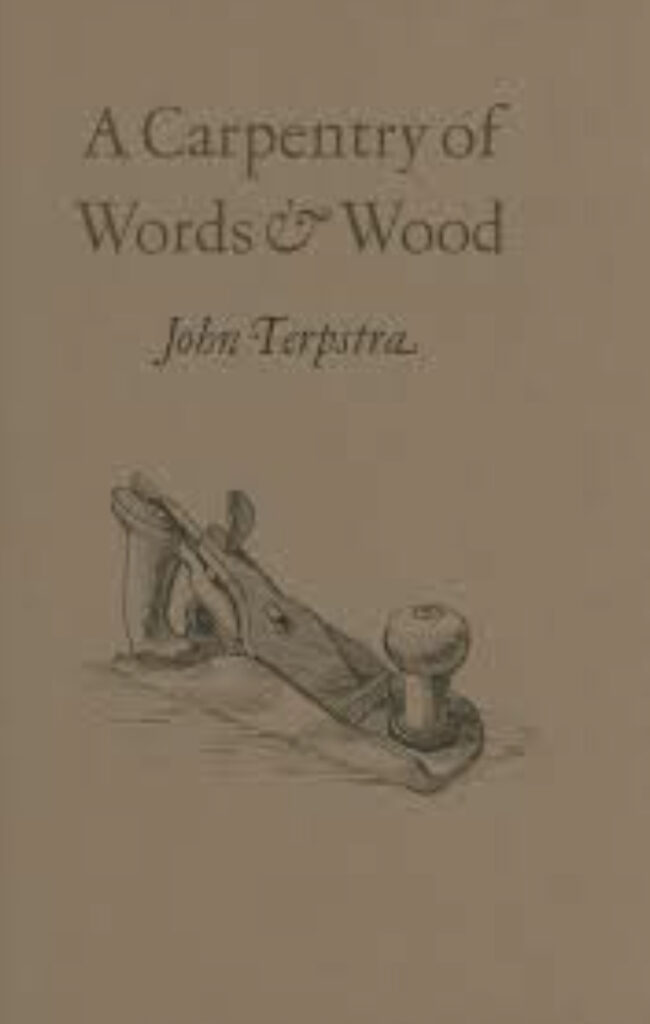
A Carpentry of Words and Wood
By John Terpstra
As a cabinetmaker and carpenter, John Terpstra has a complex relationship with timber. “I have to put out of my mind what is happening to the trees of the forests in order to do what I do,” he writes in the opening of his latest memoir A Carpentry of Words and Wood. A longtime craftsperson, Terpstra has also been publishing books since his first collection of poetry was released in 1982. This written work – which has included non-fiction, poetry, and prayers – has been a finalist for the Governor General’s Literary Award and the Charles Taylor Prize. A Carpentry of Words and Wood brings together both of Terpstra’s creative outlets, examining the similarities and differences between carpentry and creative writing.
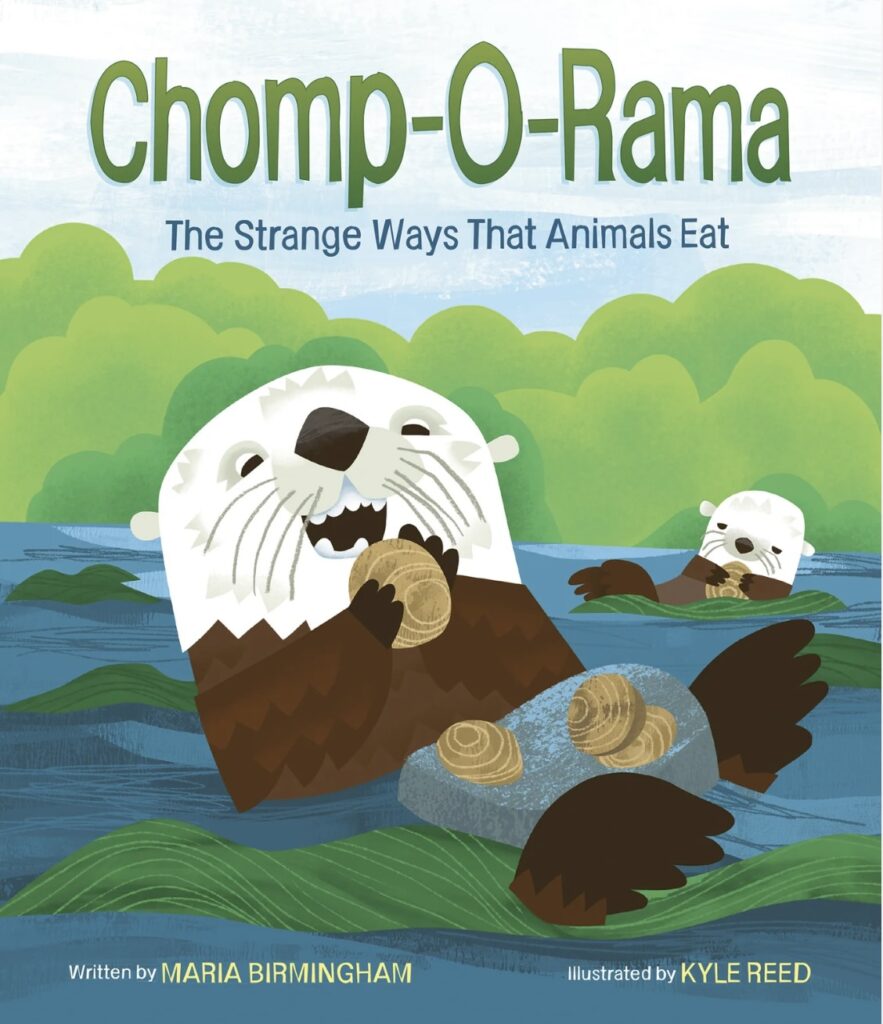
Chomp-O-Rama: The Strange Ways That Animals Eat
By Maria Birmingham
Illustrated by Kyle Reed
Kyle Reed loved to draw animals as a kid – a talent that’s followed him into adulthood. His vibrant, fact-filled new book, Chomp-O-Rama: The Strange Ways That Animals Eat, offers readers creative comparisons between the way humans eat and the mealtime habits of other creatures. Born in Hamilton, Reed’s colourful, distinctive illustration combines traditional collage, various mixed media, and digital applications. A follow-up to 2021’s Snooze-O-Rama: The Strange Ways That Animals Sleep, Chomp-O-Rama is a fascinating look at the many ways animals crunch, munch, slurp, and chomp their grub.
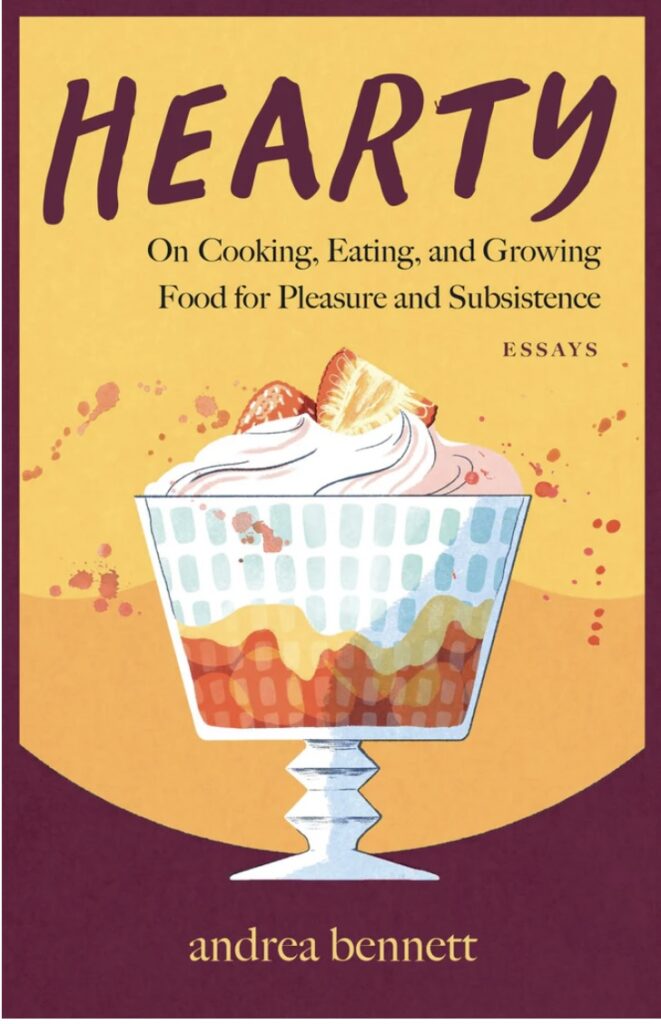
Hearty: On Cooking, Eating, and Growing Food for Pleasure and Subsistence
By andrea bennett
Speaking of food, the latest book by andrea bennett – originally from Hamilton and now living in Powell River, B.C. – is Hearty: On Cooking, Eating, and Growing Food for Pleasure and Subsistence. For bennett, eating, cooking, and growing food is a way to be grounded in and connected to community – “to nudge free of nuclear family structures and seek ones that are more supportive, less capitalistic.” Hearty takes readers to kitchens, gardens, fields, and factories, combining journalism, cultural commentary, and personal reflection, all centred on the many ways food nourishes not only our bodies, but our minds, hearts, and communities.










